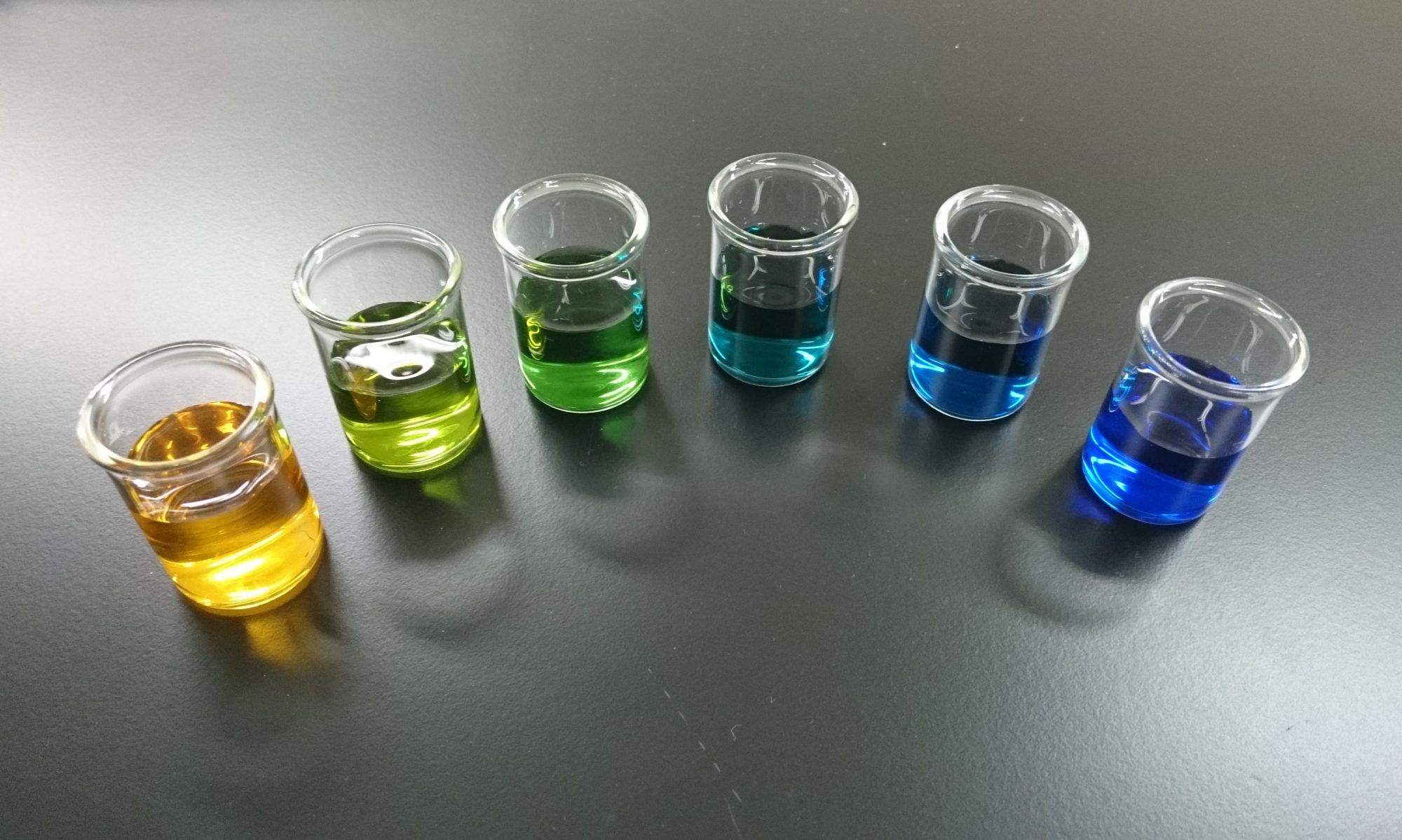問題3.5.2b
次の等式を示せ。
(3)$$\small \begin{aligned}& \quad \,\, \small \left|\begin{array}{ccccc}
1+x^{2} & x & 0 & \cdots & \cdots & 0 \\
x & 1+x^{2} & \ddots & \ddots & & \vdots \\
0 & \ddots & \ddots & \ddots & \ddots & \vdots \\
\vdots & \ddots & \ddots & \ddots & \ddots & 0 \\
\vdots & & \ddots & \ddots & 1+x^{2} & x \\
0 & \cdots & \cdots & 0 & x & 1+x^{2}
\end{array}\right| \\ &=1+x^{2}+x^{4}+\cdots+x^{2 n}\end{aligned}$$
ポイント
次々に余因子展開を行うことで次数下げします。数学的帰納法を利用して証明します。
解答例
$n=1$ のとき、$$\left|1+x^{2}\right|=1+x^{2}$$であり、$n=2$ のとき、$$\left|\begin{array}{cc}
1+x^{2} & x \\
x & 1+x^{2}
\end{array}\right|=1+x^{2}+x^{4}$$であるから成り立つ。
$1 \leqq k \leqq n-1$ まで成り立つと仮定する。
$n$ のときに成り立つことを示す。与えられた行列$A$の1行目に関する余因子展開を行うと$$\small \begin{aligned} |A_{n}|&=\left(1+x^{2}\right)\left|\begin{array}{cccccc}
1+x^{2} & x & 0 & \cdots & \cdots & 0 \\
x & 1+x^{2} & \ddots & \ddots & & \vdots \\
0 & \ddots & \ddots & \ddots & \ddots & \vdots \\
\vdots & \ddots & \ddots & \ddots & \ddots & 0 \\
\vdots & & \ddots & \ddots & 1+x^{2} & x \\
0 & \ldots & \ldots & 0 & x & 1+x^{2}
\end{array}\right| \\
&\quad -x \left|\begin{array}{cccccc}
x & x & 0 & \cdots & \cdots & 0 \\
0 & 1+x^{2} & x & \ddots & & \vdots \\
0 & x & \ddots & \ddots & \ddots & \vdots \\
\vdots & \ddots & \ddots & \ddots & \ddots & 0 \\
\vdots & & \ddots & \ddots & 1+x^{2} & x \\
0 & \ldots & \ldots & 0 & x & 1+x^{2}
\end{array}\right| \\
&=(1+x^{2})|A_{n,11}|-x|A_{n,21}| \\
\end{aligned} \\ $$
ここで一般に $|A_{n,11}|=|A_{n-1}|$ であり、$$\small \begin{aligned} |A_{k,21}|&=\left(1+x^{2}\right)\left|\begin{array}{cccccc}
1+x^{2} & x & 0 & \cdots & \cdots & 0 \\
x & 1+x^{2} & \ddots & \ddots & & \vdots \\
0 & \ddots & \ddots & \ddots & \ddots & \vdots \\
\vdots & \ddots & \ddots & \ddots & \ddots & 0 \\
\vdots & & \ddots & \ddots & 1+x^{2} & x \\
0 & \ldots & \ldots & 0 & x & 1+x^{2}
\end{array}\right|_{ \, (k-1 \text{次})} \\
&\quad -x \left|\begin{array}{cccccc}
x & x & 0 & \cdots & \cdots & 0 \\
0 & 1+x^{2} & x & \ddots & & \vdots \\
0 & x & \ddots & \ddots & \ddots & \vdots \\
\vdots & \ddots & \ddots & \ddots & \ddots & 0 \\
\vdots & & \ddots & \ddots & 1+x^{2} & x \\
0 & \ldots & \ldots & 0 & x & 1+x^{2}
\end{array}\right|_{ \, (k-1 \text{次})} \\
&=(1+x^{2})|A_{k-1,11}|-x|A_{k-1,21}| \\
\end{aligned}$$となるから、これらを繰り返し用いると$$\begin{aligned}
|A_{n}|&=\left(1+x^{2}\right)\left(1+x^{2}+x^{4}+\cdots+x^{2(n-2)}+x^{2(n-1)}\right) \\
& \quad -x^{2}\left(1+x^{2}+x^{4}+\cdots+x^{2(n-2)}\right) \\
&=1+x^{2}+x^{4}+\cdots+x^{2(n-1)}+x^{2 n} \quad \cdots (\text{答})
\end{aligned}$$となる。
